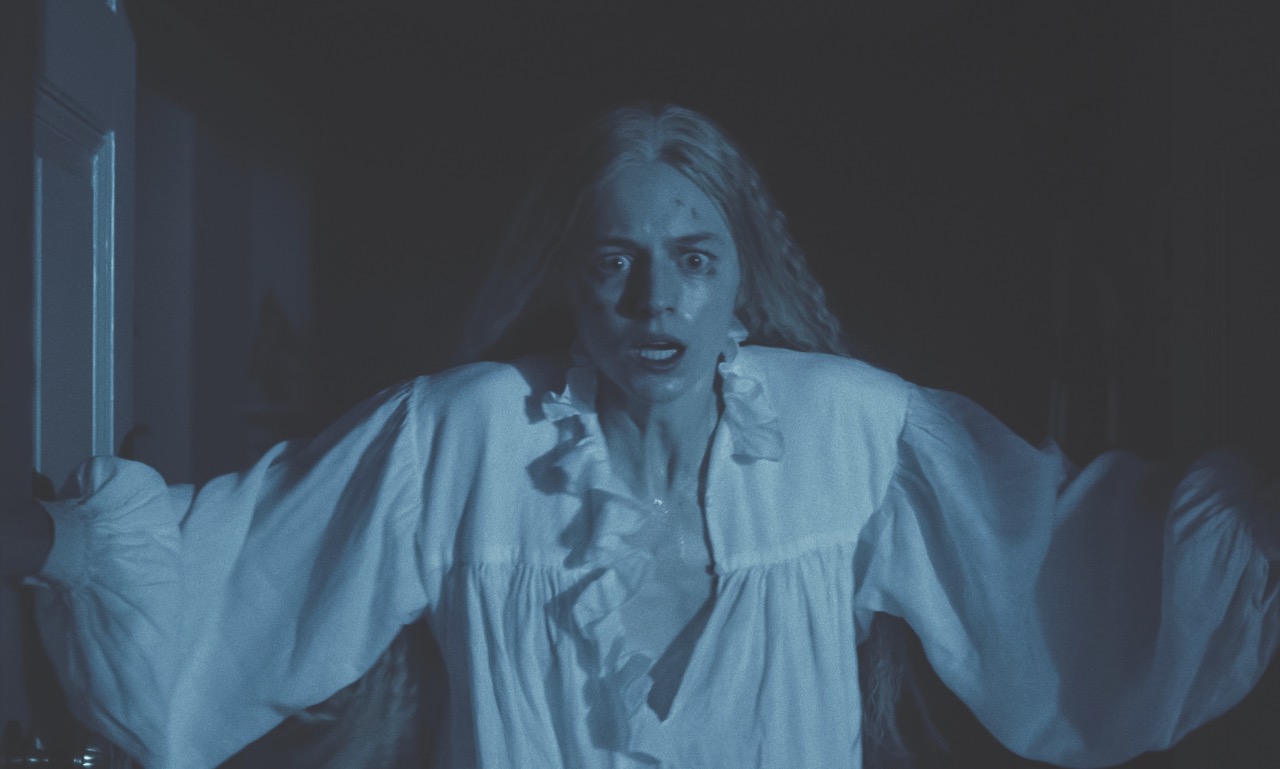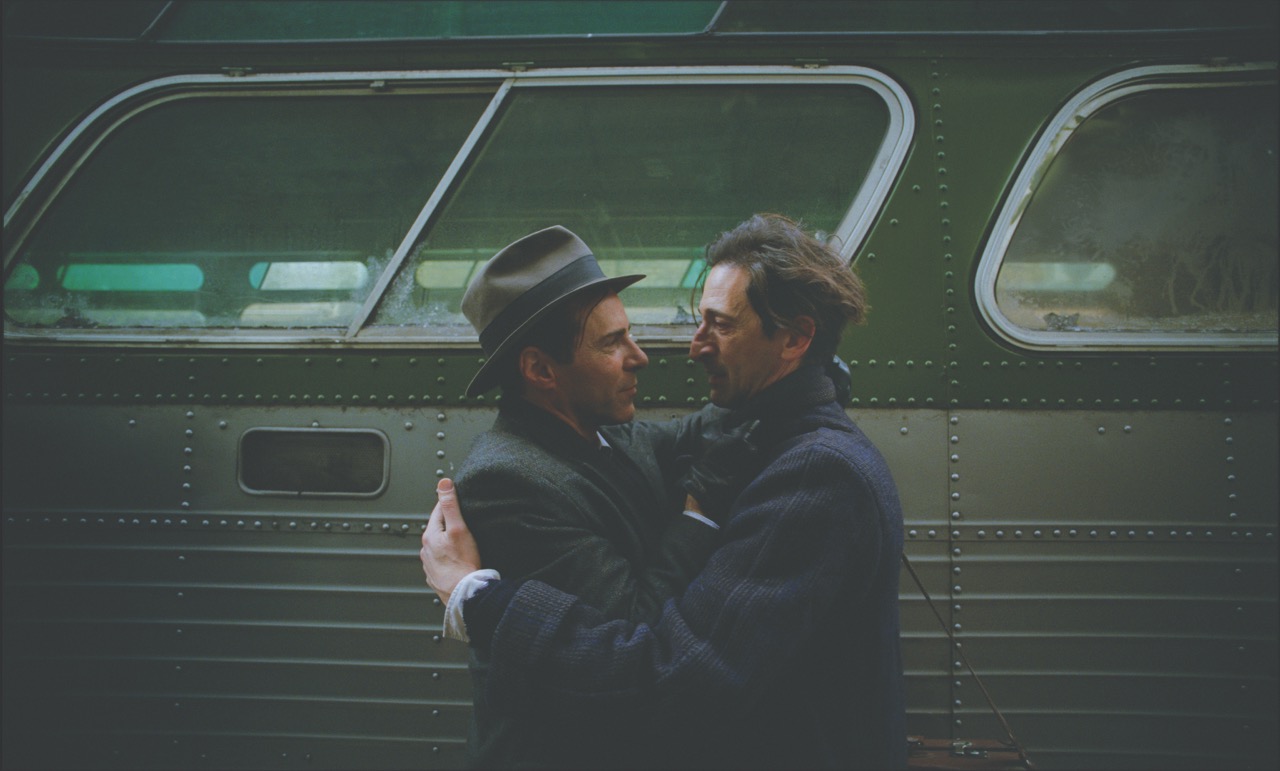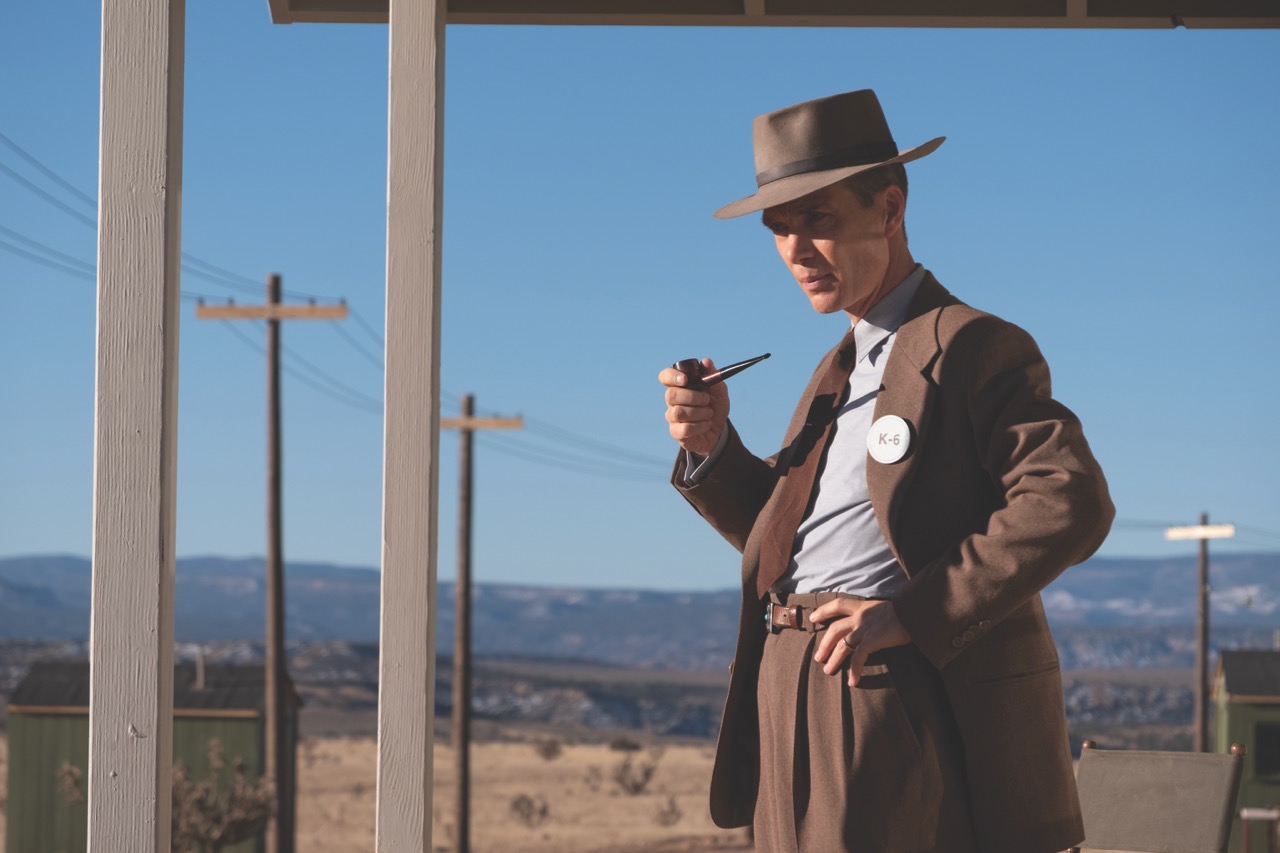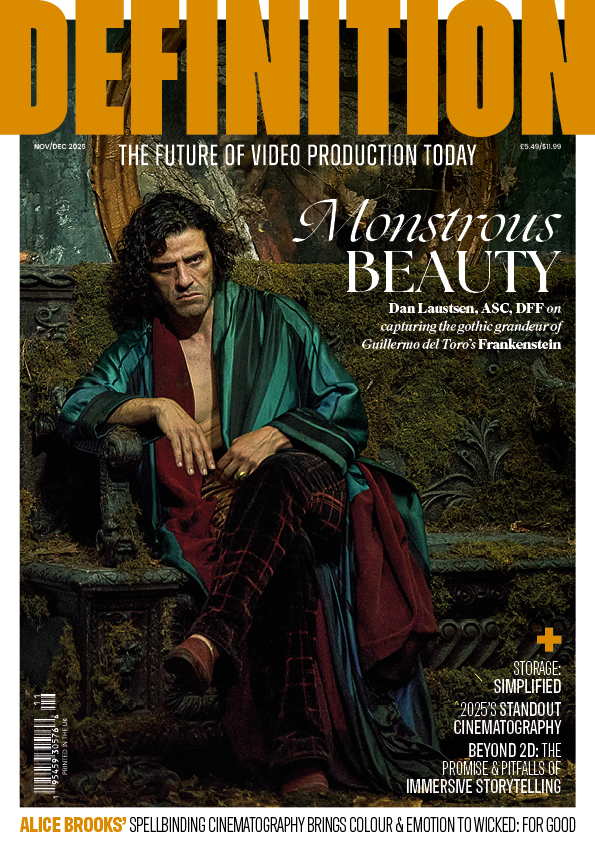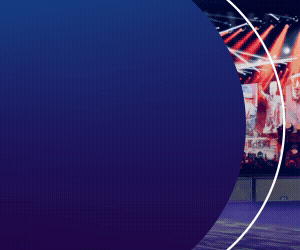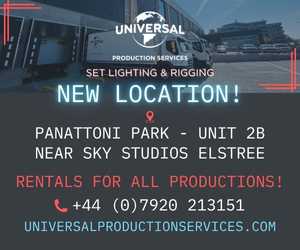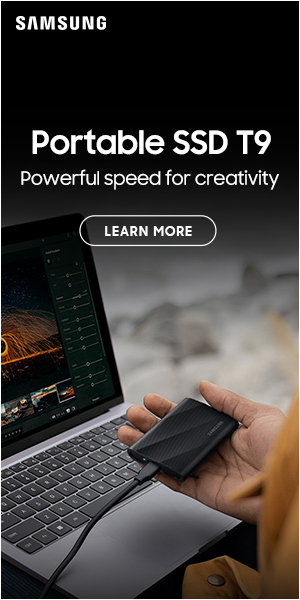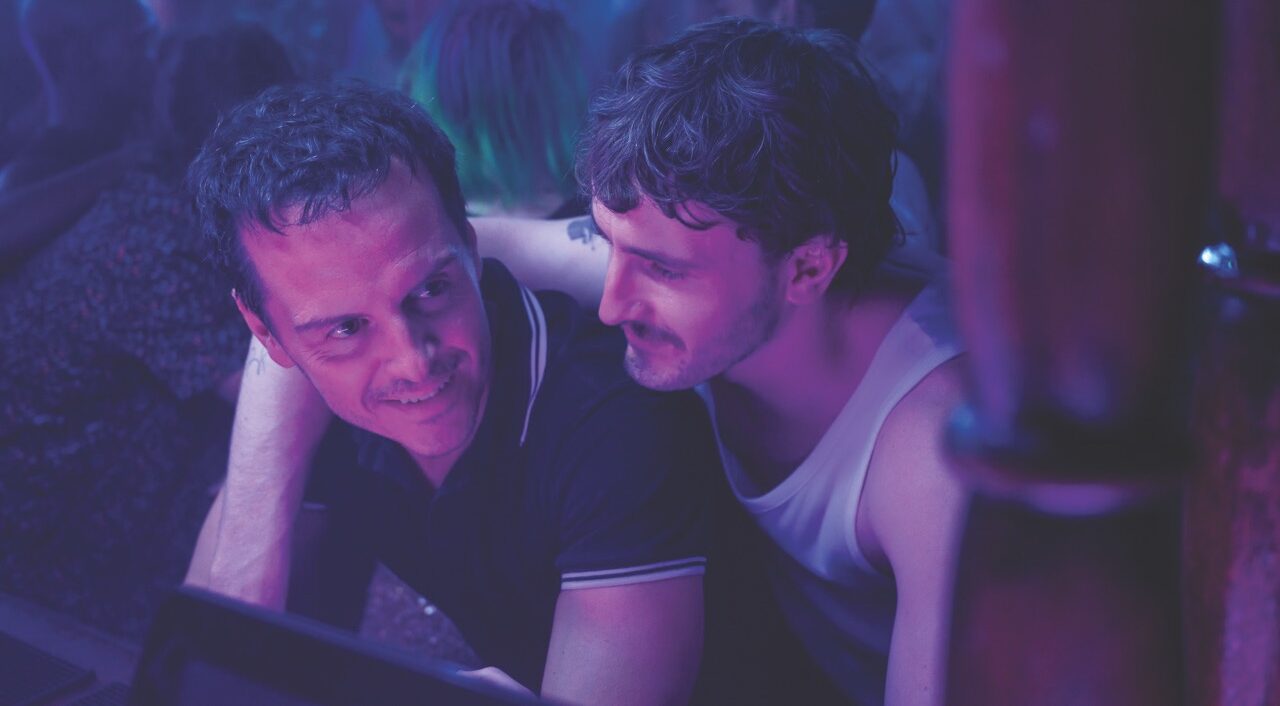
Taking stock – Shooting on film
Posted on Feb 23, 2025 by Admin
“Film is the antidote to AI”
We might be deep into the digital cine age, but top cinematographers can’t seem to resist good old-fashioned celluloid. We dig into the enduring appeal and future prospects of shooting on film
Words Adrian Pennington
More than two decades into the digital cine revolution, and you can reliably predict that over half the nominees for best cinematography at the Oscars will have been shot on film, even if –in volume terms – less than 5% of all releases are now shot on celluloid.
A high-water mark was Christopher Nolan’s Oppenheimer, which was shot on black & white 65mm and IMAX, landing Hoyte van Hoytema the Academy Award.
This year, cinematography nominees Maria, The Brutalist and Nosferatu shot film. Six-time nominee Anora shot 35mm, while digitally photographed Conclave and A Complete Unknown had film grain layered on in post.
“This doesn’t suggest that because it’s shot on film it’s a better movie,” stresses Adrian Bull, CEO of Cinelab Film & Digital. “What it absolutely does indicate is that film attracts creativity and, on average, better quality filmmakers. If a production has committed budgets to shooting on film, it’s likely to have just gone through a bit more scrutiny than a digital production.”
The pandemic brought feature production to new lows, before the double whammy of the writers’ strikes further impacted the year 2023. But last year, the UK’s only film processing lab processed over five million feet of film, returning to 2019 levels. “2019 was a big year for us,” reports Bull. “We had No Time to Die, which, on its own, shot over a million feet of film.
“We’ve seen a steady increase in interest in shooting on film – not just indie productions but higher-profile, higher-budget studio projects too,” he adds. Cinelab processed All of Us Strangers (DOP Jamie Ramsay) and The End We Start From (photographed by Suzie Lavelle), as well as scanning and deliverables for Yorgos Lanthimos’ Poor Things, with processing done in Hungary.
Emerald Fennell’s Saltburn also passed through the lab, with DOP Linus Sandgren later bringing Noah Baumbach’s upcoming Netflix comedy-drama Jay Kelly to the facility. Fennell also plans to shoot Wuthering Heights – starring Margot Robbie – on film. Meanwhile, in post-production and set for release this year are Wes Anderson’s The Phoenician Scheme, lensed by Bruno Delbonnel, as well as Lynne Ramsay’s comedy-horror Die, My Love, shot by Seamus McGarvey.
“The first response you get from producers is about the cost. They’d love to shoot on film but think it’s going to be too expensive,” says Bull. “There’s a misconception that shooting on film will cost an additional half to three-quarters of a million, but many pictures we handle are on sub-$10-million budgets, with the spend with us being less than £100k. The cost of the stock actually exceeds our processing costs.”
The Brutalist was notably made for £8 million, including all film processing out of labs in Hungary. “It proves that you don’t need really high studio budgets to shoot on film,” insists Bull.
Brady Corbet’s epic was shot using VistaVision, the first in a wave of features in this antique format. Others include Paul Thomas Anderson’s untitled Leonardo DiCaprio drama and two Warner Bros-financed projects: Alejandro González Iñárritu’s untitled 2026 film starring Tom Cruise, photographed by Emmanuel Lubezki, and Yorgos Lanthimos’ forthcoming Bugonia, starring Emma Stone and lensed by Robbie Ryan.
“VistaVision offers a bigger area and, creatively, a very shallow depth-of-field, despite using twice as much stock (8-perf versus 4-perf) and incurring twice the processing costs compared to conventional 35mm,” explains Bull.
In the age of AI, the creative cachet and even commercial value of shooting on an analogue format could actually increase to sustain film as a niche, but essential part of the filmmaking palette.
“Film is the antidote to AI,” Bull says. “It’s probably the only format you can shoot that has the provenance of a true representation of what actually happened in front of the lens.
“If people wanted to be really particular about disproving that their work was AI-generated, they’d probably shoot on film,” he continues. “Anything shot digitally can be modified, and evidence of those modifications can be easily suppressed. In contrast, a developed piece of film serves as proof; it can’t be modified or adjusted. It’s a permanent record of that performance that was captured in camera.”
It could become a marketing credential to state that a story wasn’t created by AI – although as the tool seeps further into editing, VFX and colour creation, this will blur.
“Certain actors might want audiences to know that the performance they are watching is completely genuine,” Bull suggests. “Therefore, they may want it to be known that it was shot on film and is not some AI-generated incarnation.”
Such arguments hark back to the idea of the integrity of film as a medium versus digital’s latent synthetic quality.
“Every image shot on film exists in real life. There’s no synthesis. Each frame is different. The beauty of film is that even a static image holds movement, as the grain changes frame by frame.”
This story appears in the February 2025 issue of Definition


